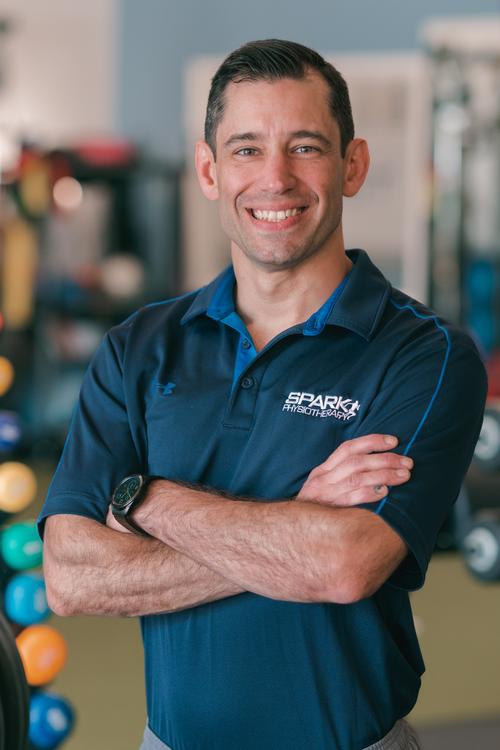
There are two kinds of people who train in martial arts: those who are injured and those who are going to be. While there's no way to avoid contact and training injuries, our Virginia sports physical therapist adds, there is a way to shorten the amount of time you spend in recovery.
Our Brazilian Jiu-Jitsu and Mixed Martial Arts physical therapy program includes an initial mobility and structure evaluation, soft tissue and joint treatment for optimal flexibility, and strength training insights for a powerful base and killer finishing skills. Please fill out our online contact form to learn more about our BJJ and MMA physical therapy and development program.
Martial Arts Physical Therapy and Conditioning
Dr. Carlos Berio has trained in Brazilian Jiu-Jitsu since 2006, bringing his medical insights on injury treatment and prevention to the most intensely physical and volatile sports practiced today. He knows firsthand how hard it is to take a break from training, so he has developed a methodology that allows students to continue training despite their injuries. All of our BJJ and MMA treatment is designed for one purpose: to keep everyone on the mats. Our specialized program will help you identify, treat, and train around injuries safely.
Our three-step process includes the following:
- Injury assessment. You fill out a questionnaire to answer targeted questions about the source of your pain, including what caused and what aggravates your injury. Everything is diagnosed through the lens of licensed medical professionals who speak the language of Jiu-Jitsu.
- Personalized recovery program. Our professionals will generate a one-of-a-kind recovery program consisting of exercises, movements, and stretches designed to treat your specific injury. Every movement we assign will have a demonstration video to ensure proper form and prevent further damage.
- Safe and active training. After you receive your custom-made recovery program, you get to work on flexibility, stability, and power training. Our recovery programs can be done from home or from your gym if you don't have all of the equipment.
Common Things BJJ Enthusiasts Should Keep Track Of
- Injury Treatment/Prevention: Decrease your overall injury risk by spending time working on strength and flexibility that is SPECIFIC to your game. The ways to exercise are numerous, but the number of exercises each of us should be doing, is far less. If you can be efficient in the weight room or the gym, you can save the rest of your time to train.
- Movement Screening: Untreated or undertreated injuries always play a large role in your overall progress. After all, if your body is constantly compensating for weakness or loss of range of motion in one area, the other areas of your body will run out of steam even sooner! Get a sense of old aches and pains that are stopping you from moving freely.
- Soft Tissue Mobilization: Soft tissue mobilization techniques, such as massage, foam rolling, and stretching, can help improve your mobility, body awareness, and allow you to work slowly toward larger ranges of motion that would be useful on the mats. Keeping an eye on your soft tissue mobility can reduce injury risk and improve recovery time after training.
- Joint Mobilization: Joint mobilization techniques can help improve joint range of motion and reduce pain and stiffness, which can be helpful for people recovering from joint injuries.
- Plyometric Training: Plyometric exercises involve rapid, explosive movements that can help improve speed, power, and agility, which can be useful for Brazilian Jiu Jitsu enthusiasts who want to improve their performance and reduce the risk of injury.
- Core Stability Training: Core stability exercises can help improve balance and stability, which can be helpful for reducing the risk of injury during training and competition.







